Lighting units
The Great War brought the development of many kinds of technical innovations. The best known were obviously the largest and most spectacular devices, airplanes and tanks. But such a novelty was also the forgotten assault helmet or hand grenade. Not only weapons but also other technical devices appeared in line. Such are also field spotlights.
Spotlights were first used in war conditions in the 1905 Russo-Japanese War. Their goal was to illuminate the foreground of the fortifications, to discover the attacking soldiers early after dark. For a similar purpose, lighting equipment was used in the ports to detect ships that surprisingly attacked under the guise of darkness. The headlights continued to protect point-like objects.
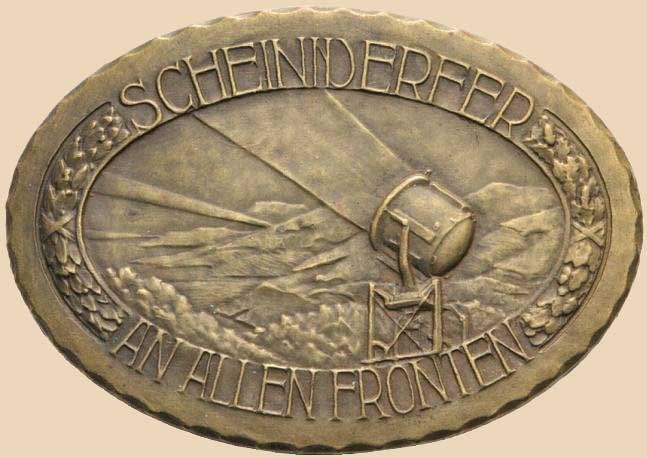
During the Great War, the use of searchlights became more widespread. On the one hand, to prevent surprise attacks, the soon-to-form trenches were deployed at all points with lighting equipment in the war. That is, the application has become massive. On the other hand, new tasks were also performed. Such was air defense. Contemporary aircraft, of course, could only be used with very high risk for night operations. They did not have illuminated on-board instruments, but more importantly, their take-off and landing could not be effectively supported by ground equipment. Zeppelins, on the other hand, were not vulnerable in this regard. During the war we know mainly of the long-range bombing of German airships in English airspace. It is less known that there was also an Zeppelin hangar near Temesvár, where such a combat device was sometimes stationed. With this, for example, Bucharest was bombed by the Central Powers. The discovery and unveiling of the airships was also the task of the searchlights on the ground.
Smaller, portable headlights acted as news devices. For example, communication between mobile mounted units was done with light signals. But presumably, light were also used to signal between other observation points at greater distances from each other. In the second half of the war, the headlights of the Monarchy were already used at the regimental level.
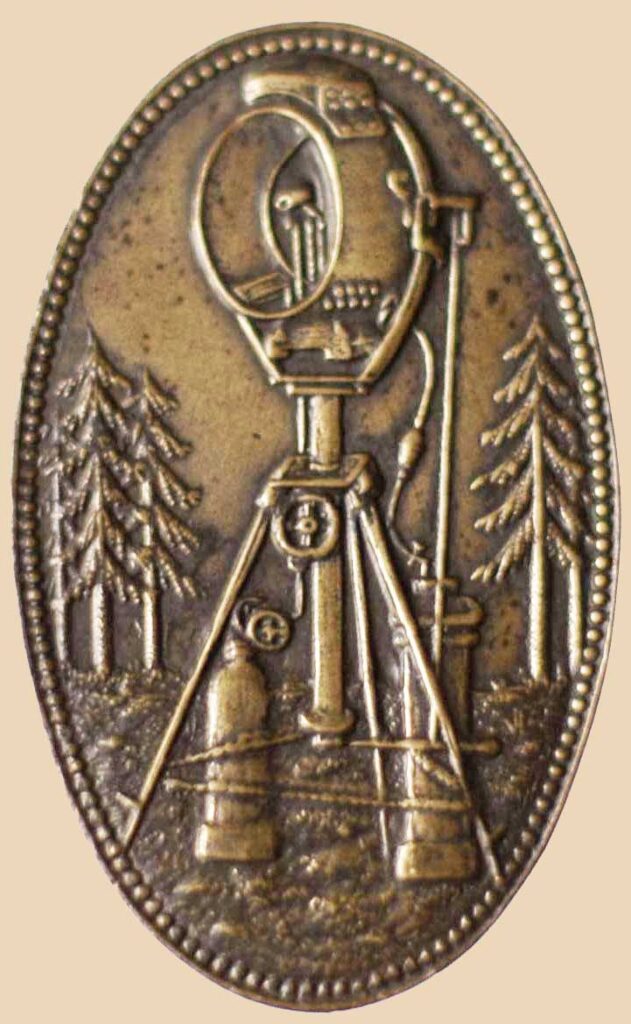
The power source of the headlights showed two basic types. The more powerful devices (110, 90 and 60 cm in diameter) were powered by electricity, had their own generator and batteries. Smaller (e.g., portable) devices were lit with acetylene lamps. A mirror mounted behind the light source collected and directed the light in the specified direction. In addition to fixed headlights, devices mounted on a movable stand, sometimes on a motor vehicle, were increasingly used. It became necessary to move the light source, as the beam of light regularly coming from one place provided an excellent target for the enemy’s artillery.
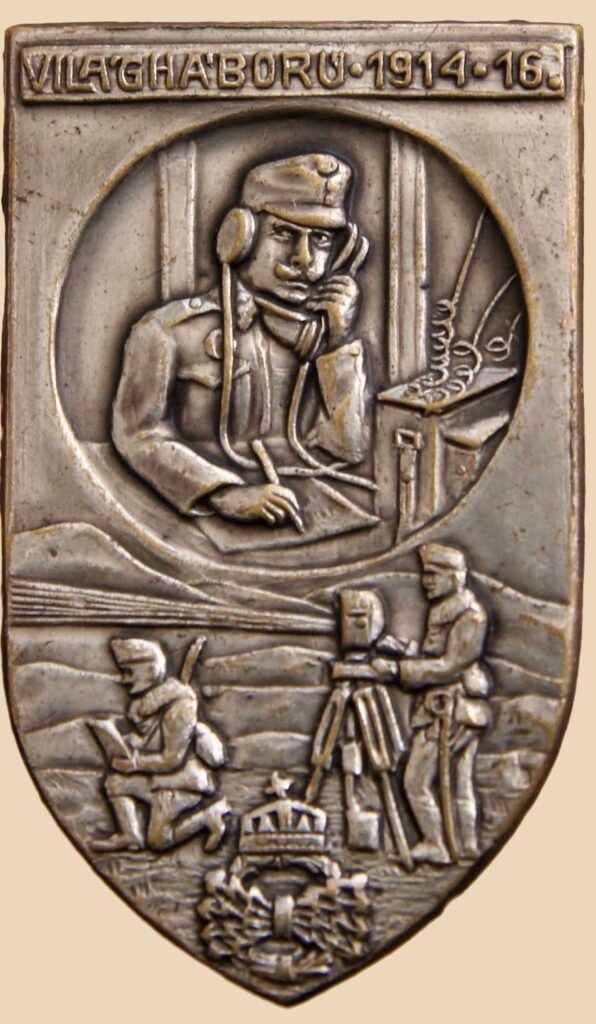
Headlights as a technical novelty have also moved the imagination of badge makers. The opening image shows a 90 cm electric reflector with the service crew. The same device is depicted on the cap badge. The smaller device, mainly used for signaling, is shown with the fuel tanks in the other image. A similar device is clearly used for signaling by the hussars on the third badge.

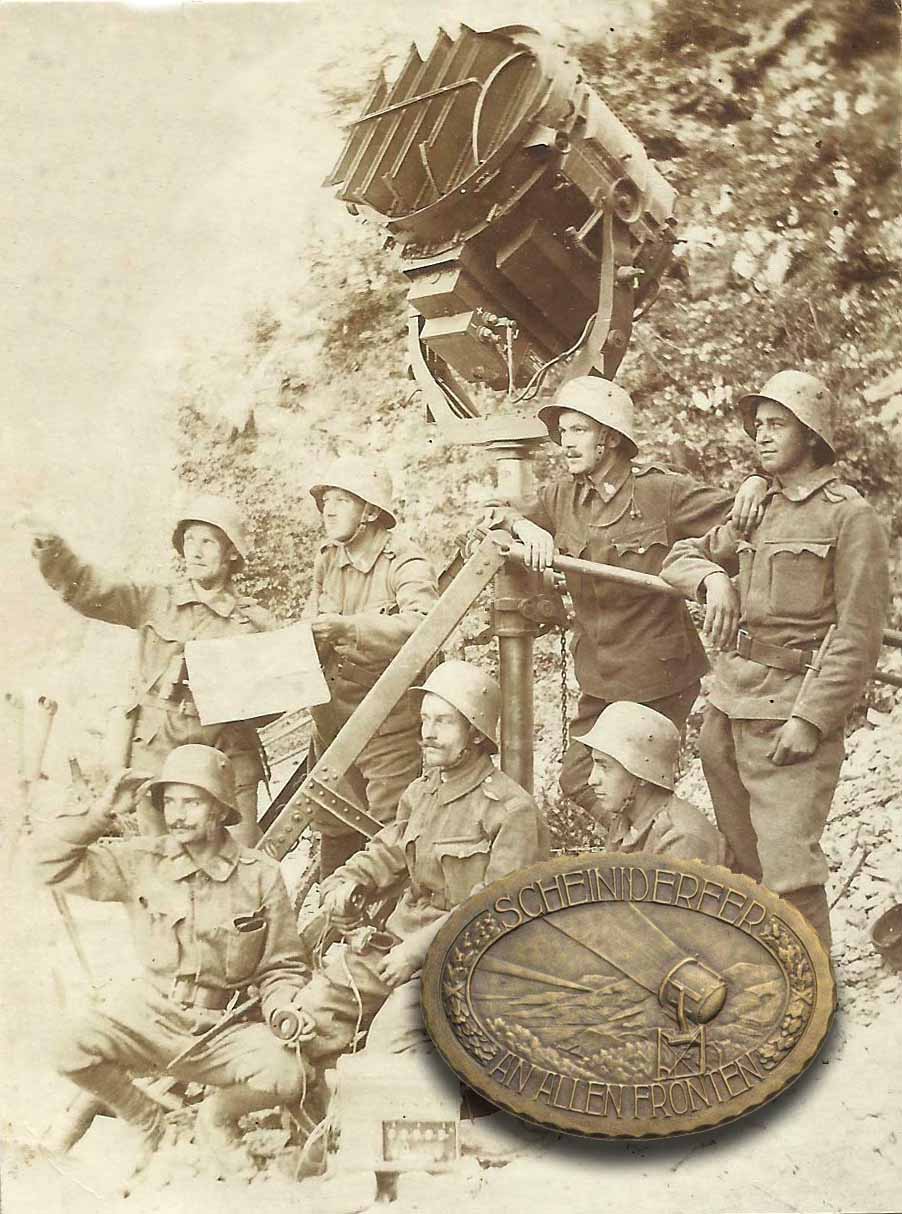
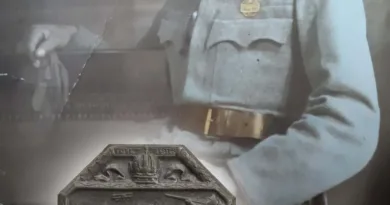
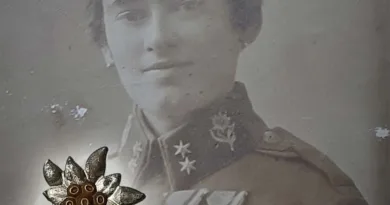
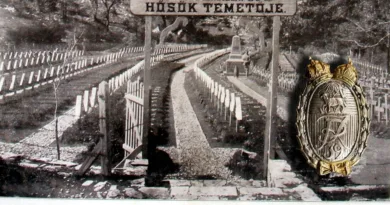
[…] By 1918, a total of 1,150 different devices were used. I wrote about headlight formations here […]